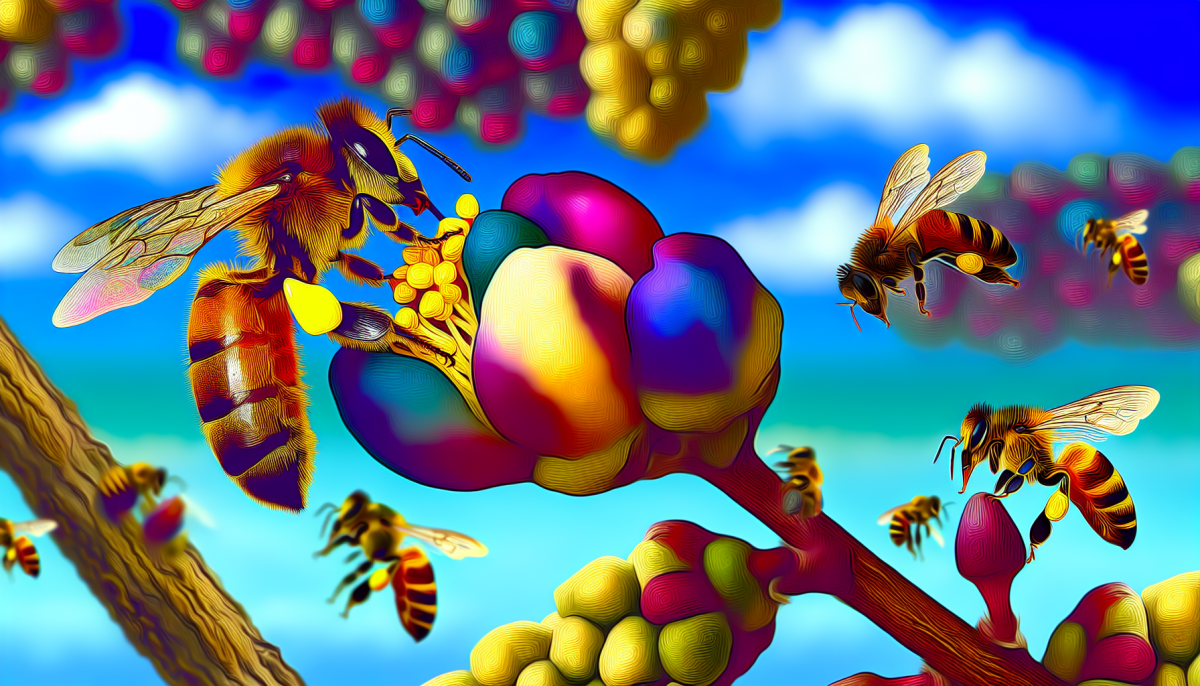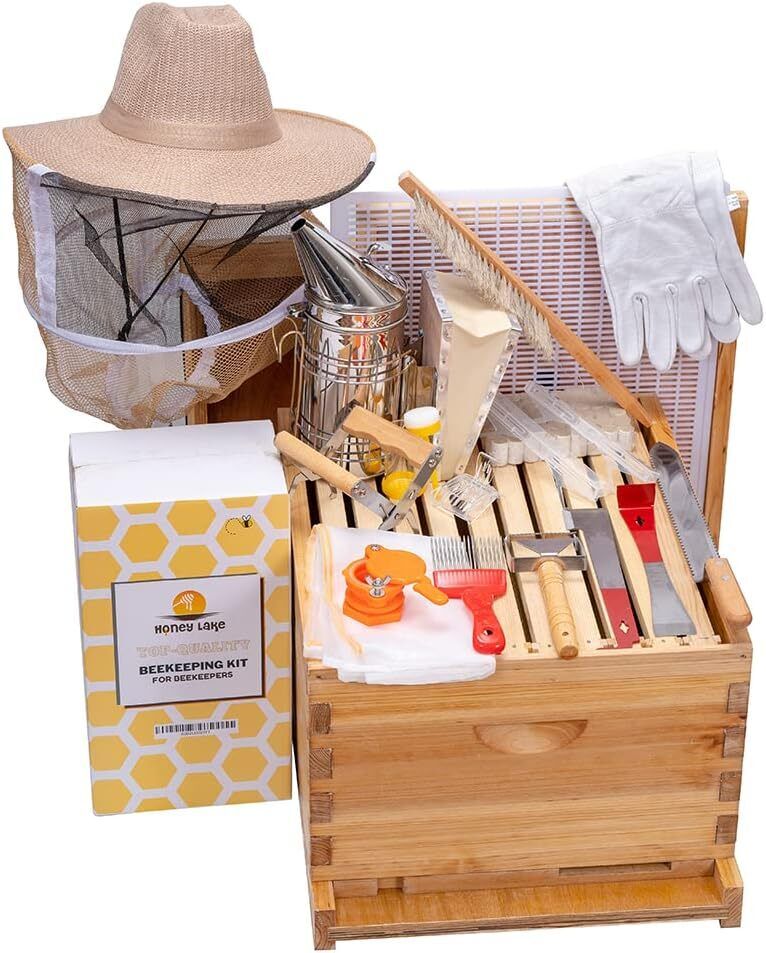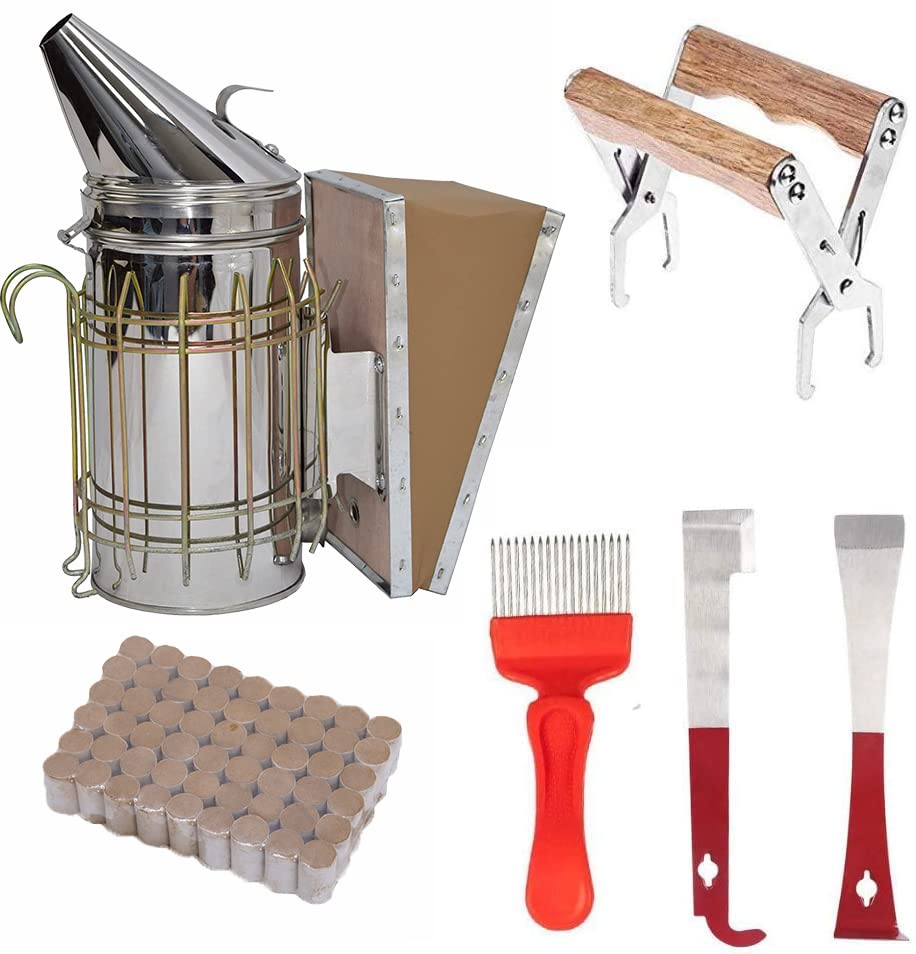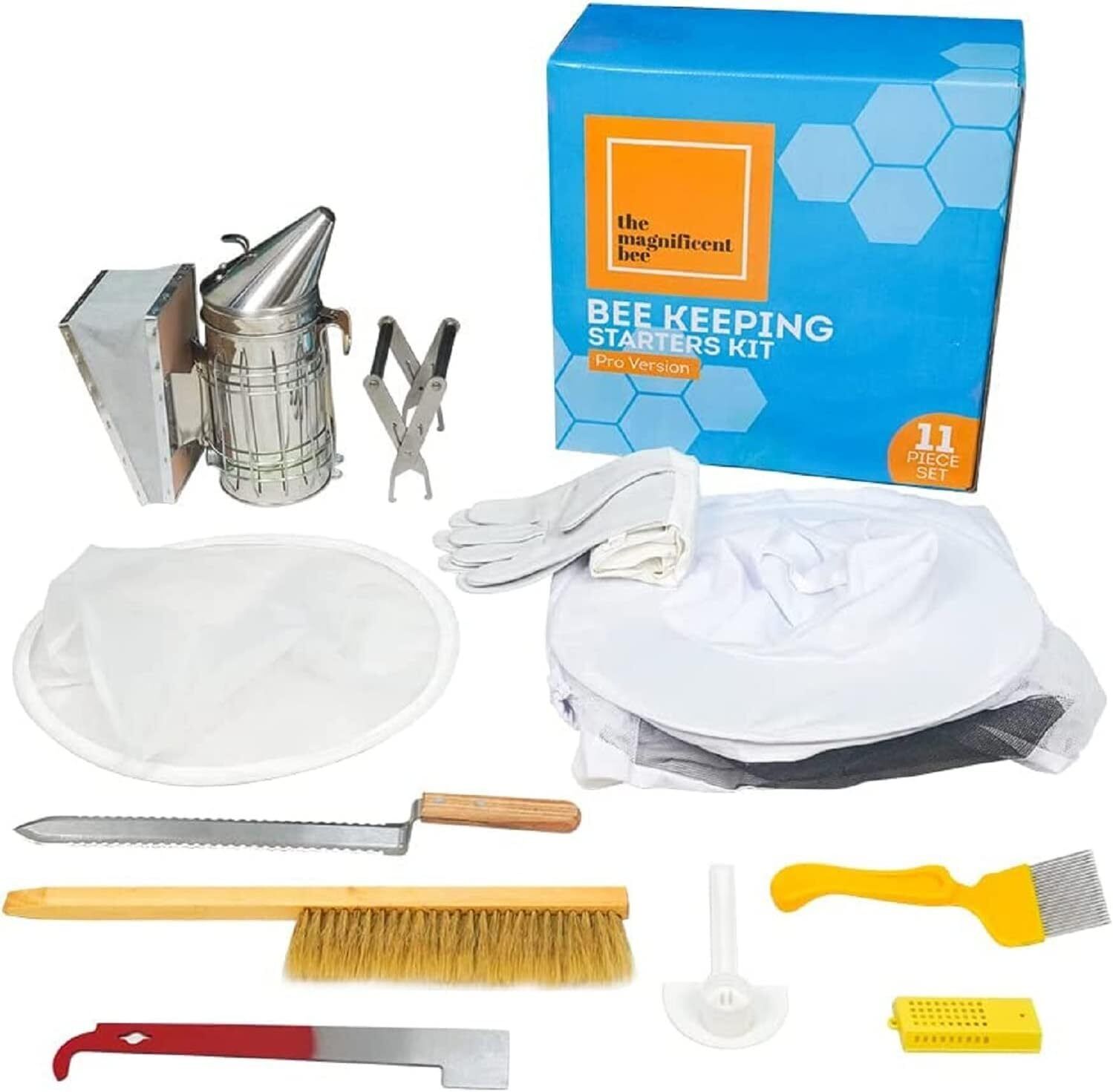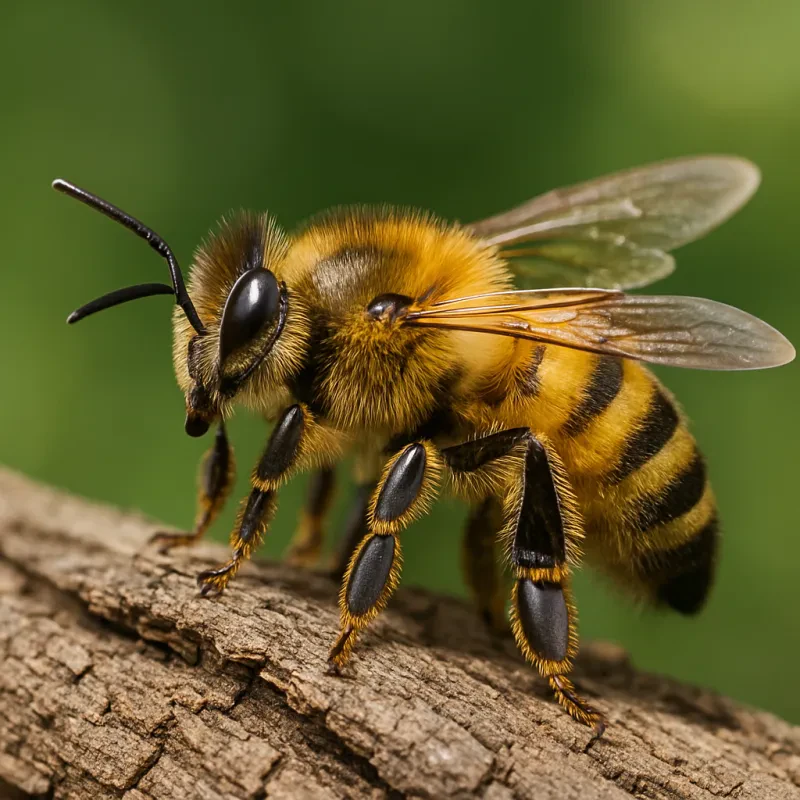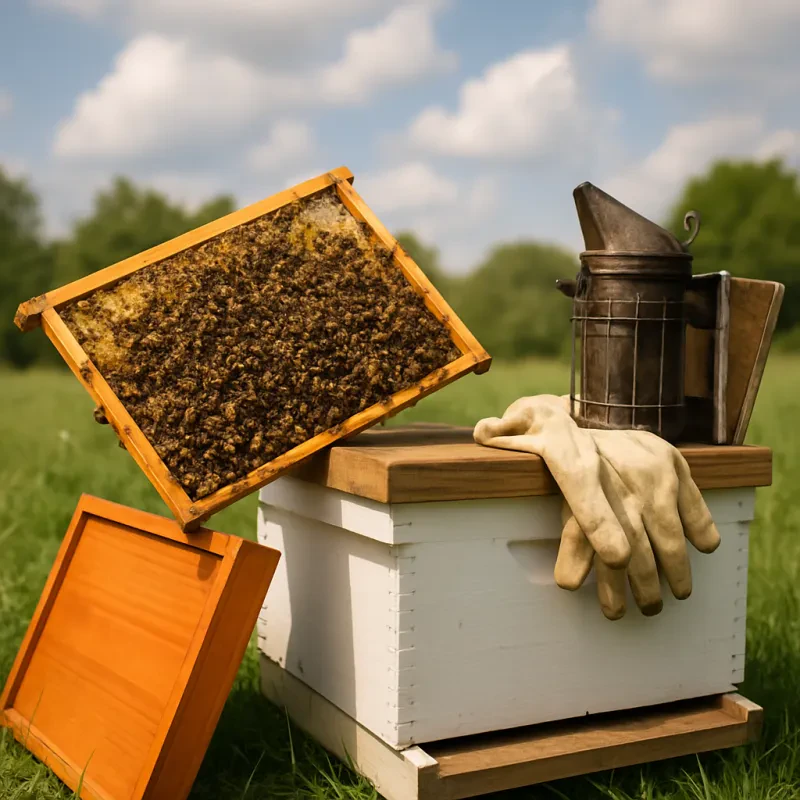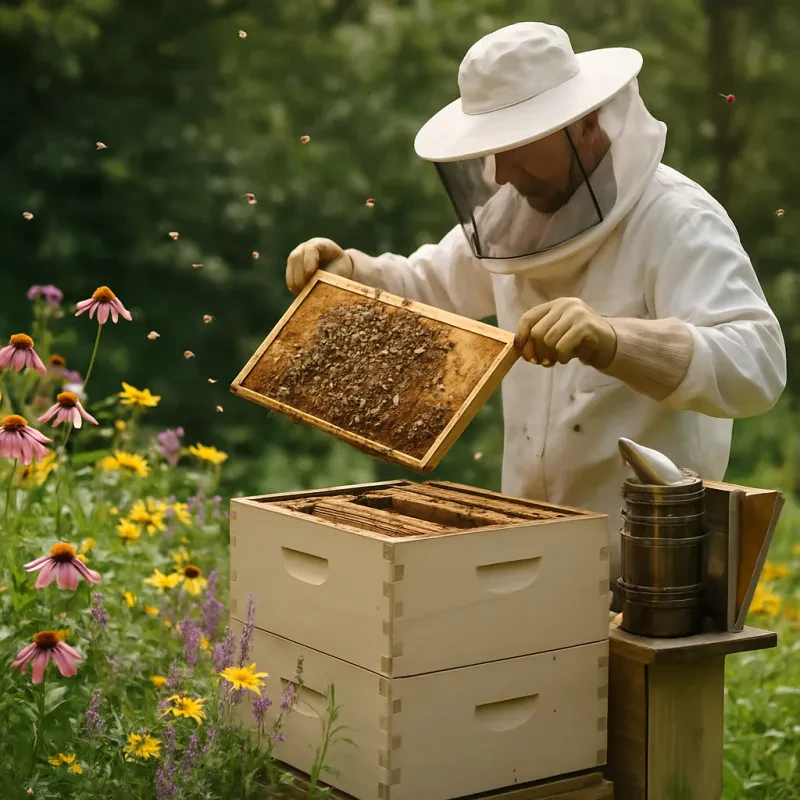Worker bees are the backbone of the hive, taking on a variety of essential roles to support their colony. Unlike the queen, who mainly focuses on reproduction, the worker bee is busy from the moment she hatches. Their day-to-day responsibilities can change based on age and the needs of the hive, making them versatile and crucial to the community.
Young worker bees usually start out as caretakers. They take care of larvae, cleaning the cells and feeding the baby bees royal jelly. As they get older, they transition into foraging roles, heading out to collect nectar, pollen, and water. This is where their hard work really shines! The pollen they gather not only feeds their siblings but also helps with the hive's production of honey.
Communication is vital in the life of a worker bee. They use dances and pheromones to share information about food sources and hive conditions. This collaboration ensures that the entire colony functions smoothly. If a worker bee discovers a great patch of flowers, she'll perform her famous waggle dance to let others know where to go. Teamwork makes the dream work in the bees' world!
Aside from foraging and caring for the young, worker bees also help maintain the hive. They build and repair it using beeswax, creating the perfect environment for their queen and offspring. This even includes regulating temperature and humidity! So, the next time you think of a worker bee, remember just how much they contribute to their ecosystem and the delicious honey we enjoy.
Daily Duties and Responsibilities
One of the primary roles of a worker bee is to forage for nectar and pollen. This is no small task! They travel long distances, sometimes up to several miles, all while observing blooming flowers and keeping an eye out for the safest routes. A worker bee collects pollen to feed the larvae and nectar to help produce honey. It’s a tough job, but they do it for the love of the hive!
In addition to foraging, worker bees are responsible for maintaining the hive itself. This includes cleaning, repairing the hive, and even regulating the temperature. By flapping their wings, they create airflow, which helps keep the hive cool during hot days. A healthy hive is essential for a successful colony, and worker bees play a crucial role in keeping everyone in tip-top shape.
Lastly, worker bees also take on the job of caring for the queen and the young. They feed the queen and ensure she’s healthy since she’s essential for the hive’s growth. They also look after the brood, which involves feeding and grooming the little ones until they’re ready to join the workforce. It's a labor of love, showing just how vital the worker bee is to the overall success of the colony.
How They Contribute to the Colony
Worker bees are the backbone of the colony, doing a multitude of tasks that ensure everything runs smoothly. They’re not just buzzing around for fun; each one has a specific role that benefits the hive as a whole. From foraging for food to taking care of baby bees, their contributions are essential to the health and growth of the entire colony.
One of the most visible roles of a worker bee is foraging. When the flowers bloom, these bees set out to collect nectar and pollen. This not only feeds the colony but also helps in pollinating plants, which benefits the environment. Every trip they make is crucial—they gather the resources needed to produce honey and raise more bees.
In addition to gathering food, worker bees also take care of the young. They feed baby bees, also known as larvae, and keep the brood area clean and safe. This nurturing role is vital for the colony's future, as it ensures there are new bees ready to join the workforce.
Worker bees are also responsible for maintaining the hive’s environment. They regulate the temperature inside the hive by fanning their wings to circulate air, especially during the hot summer months. This helps keep the honey from spoiling and creates a comfortable home for the queen and larvae.
Finally, in times of danger, worker bees defend the colony. They act as protectors, using their stingers to fend off threats. This brave attitude towards defending their community shows how dedicated a worker bee is to keeping their colony safe and secure.
Amazing Facts About Worker Bees
Did you know that a worker bee is a female bee and plays a crucial role in the hive? These little gals are busy all day long, performing a variety of jobs to keep the colony thriving. From foraging for nectar to caring for the queen and larvae, every worker bee has a part to play in the community.
One amazing fact about a worker bee is her lifespan. In the summer, a worker bee usually lives for just 5 to 6 weeks! During this short life, she’s hard at work, often visiting thousands of flowers to collect nectar and pollen. That’s a lot of flying for such a brief time!
Worker bees also have an incredible ability to communicate. They perform a special dance called the "waggle dance" to share the location of food sources with other bees. This dance helps the hive work efficiently, guiding their sisters right to the nectar. Talk about teamwork!
Another interesting tidbit is that a worker bee has a unique way of regulating the temperature inside the hive. When it gets too hot, they use their wings to fan the hive, keeping everyone cool. They also bring in water to help with this process. Isn’t that just sweet?
